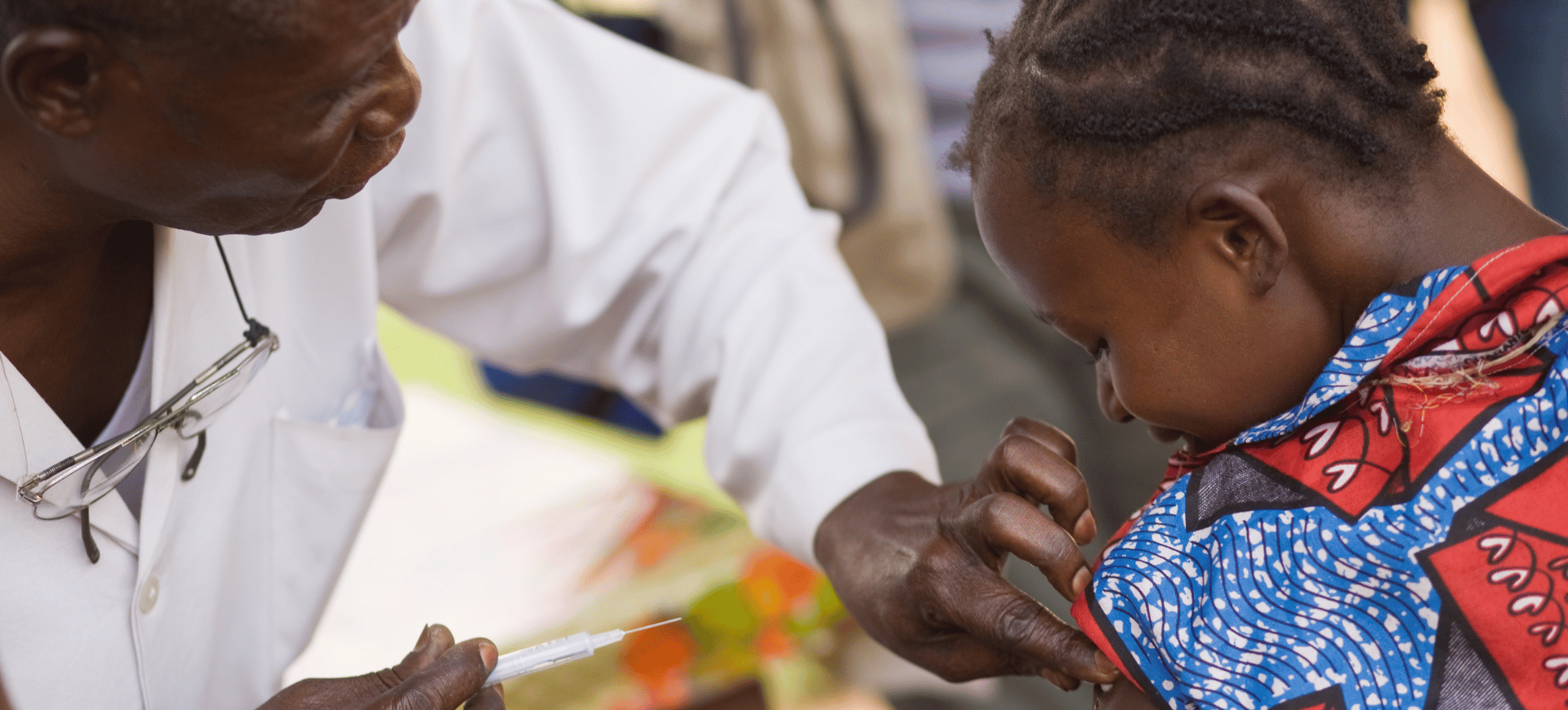Putting immunisation at the heart of resilience
As a global community, we still lack a framework for supporting countries that are experiencing conflict and humanitarian crises with vaccine preparedness. In doing so, we not only avert immediate suffering, but also lay the groundwork for stronger responses in future
Reading the news these days is not for the faint hearted. Against a backdrop of dire warnings about the climate crisis is what can seem like a regular drum beat of newly emerging conflicts and crises.
In December 2023 the United Nations projected that 339 million people would require humanitarian assistance in 2024 – a more than 100% increase compared with 2018.
But now, more than halfway through 2024 it seems likely, and tragic, that this projection was an underestimate. The horrors of conflict and displacement continue to unfold from Ukraine and Gaza to Sudan and the east of the Democratic Republic of Congo.
And as night follows day, sporadic outbreaks of vaccine-preventable diseases such as cholera and typhoid inevitably follow in the wake of the droughts, famines, conflicts and forced displacement of populations that were on an upward curve even before the disruption and devastation of the Covid-19 pandemic.
New threats
Meanwhile, the danger of emerging epidemic and pandemic threats is ever present. At the same time as I sat down to write this essay the outbreak of clade Ib mpox in the DRC and surrounding countries was declared a regional and international health emergency by the Africa Centres for Disease Control and Prevention and the World Health Organization.
Back in June 2024, when it assessed the mpox threat, the WHO described the development of the clade Ib mpox outbreak as concerning, due in part to the “resource constraints to respond over such a wide geographic area, limited public awareness of mpox, the insufficient availability of treatment kits and lack of vaccines to date, multiple competing public health priorities, and insecurity”. This was an almost identical set of challenges, in fact, to those that beset the response to the 2018–2020 outbreak of the Ebola virus disease in several eastern provinces of the DRC.
The fact that, six years on from that Ebola outbreak, we are dealing with a second Public Health Emergency of International Concern with its genesis in the same part of the DRC underlines a fact that is impossible to ignore: we still do not have, as a global community, an effective and sustainable model of response to health emergencies in contexts of fragility, conflict and vulnerability.
The large investments in the 2018–2020 response have not left a durable legacy of resilience. And from this fact flows several questions. Where do we go from here? How do we build the resilience of fragile health systems, and of marginalised and often traumatised communities, even as we respond to acute and protracted health crises?
The answers will not be new to anyone working in global health: we must move away from short-term, Band-Aid solutions and focus on building resilient health systems that can weather even the most difficult storms.
This is easier said than done. However, one of the first steps in creating the kind of robust health system that can minimise the suffering caused by public health emergencies is to strengthen the routine immunisation programmes that are the foundation of primary health care.
As Covid-19 showed us, immunisation occupies a unique position at the intersection of primary health care and health security. All but one of the seven PHEICs that have been declared, including the 2022 declaration of the clade II outbreak of mpox, have ultimately been resolved with support from vaccines.
Strengthening the ability of countries to administer routine vaccines therefore not only has the immediate payoff of preventing illness and death caused by known preventable diseases, but also lays the groundwork and the pathways for any future response.
Moreover, the capacities at the centre of effective routine and emergency immunisation are also central to the delivery and resilience of high-quality primary health care. Digital record keeping and stock management; cold chain infrastructure; a well-trained and equipped health workforce; and effective community outreach are universal prerequisites for strong, effective and resilient health systems.
Setting up stronger systems
The good news is that new digital technologies combined with lessons learned over previous decades mean we can put these core elements in place more effectively than ever before. As part of my 180-day plan, Gavi will develop a digital investment roadmap as well as an innovation scale-up fund to ensure these new technologies can make maximum impact on our efforts to ensure that when it comes to immunisation, no child is left behind.
By increasing our investments in health systems and immunisation, and by forging new partnerships in countries affected by fragility, conflicts and vulnerability, we can strengthen global health security and the world’s resilience to outbreaks and pandemics.
However, this takes political will and investment. This year Gavi is raising funds for 2026–2030 – during which time we aim to vaccinate more children against more diseases faster than ever before.
If successful this will include investing in health systems and facilitating over 1.4 billion individual contacts between families and health services, enabling more integrated primary health care and universal health coverage. By putting immunisation at the heart of how we build resilience to health emergencies, we can ensure a healthier and safer future for all.












